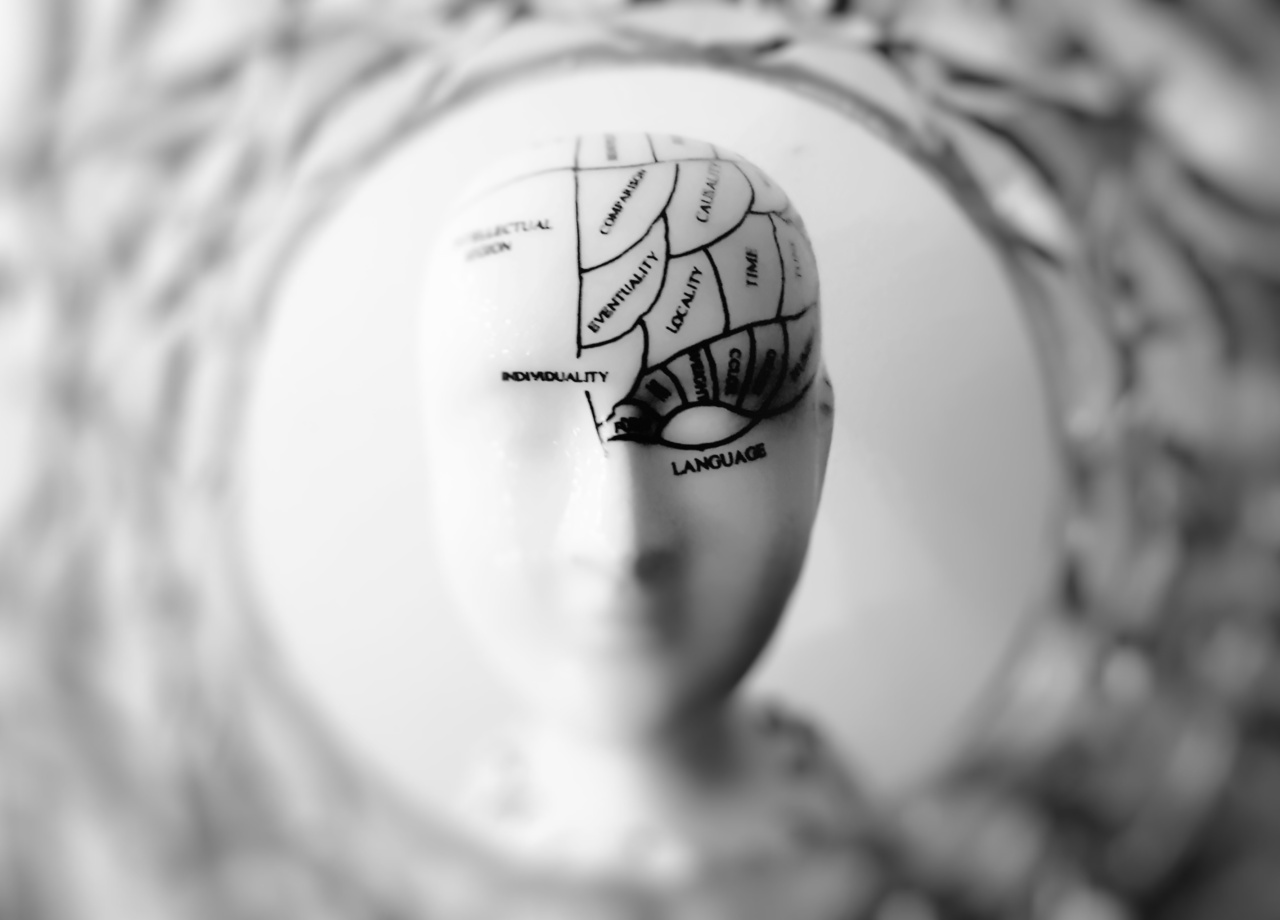Head injuries are more common than we think. They can be the result of a fall, a car accident, a sports injury or even a violent assault.
Regardless of the cause, the impact can potentially harm the brain, leading to serious, life-changing consequences in some cases.
The Anatomy of the Brain
The brain is the most complex organ in the human body, responsible for controlling all of our bodily functions, including our senses, emotions, and thoughts.
It is protected by the skull, which provides some level of protection, but isn’t completely impenetrable to impacts.
The brain is divided into three main parts; the cerebrum, the cerebellum, and the brain stem. The cerebrum is the largest part of the brain, responsible for our conscious and voluntary actions, such as thinking, reasoning, and problem-solving.
The cerebellum controls balance and coordination, while the brain stem controls vital involuntary functions, such as breathing and heart rate.
The Effects of Head Injuries on the Brain
Head injuries can range from mild to severe, and the effects will vary depending on the severity of the injury. However, any head injury has the potential to cause harm to the brain, with the most common adverse effects including:.
- Headaches
- Nausea and vomiting
- Dizziness
- Confusion
- Blurred vision
- Sensitivity to light or noise
These symptoms can occur immediately after the injury or several days after. They may go away on their own, but it’s essential to seek medical attention if you experience any of these symptoms after a head injury.
The effects of a severe head injury can be much more severe, and in some cases, even life-threatening.
Concussions
A concussion is a form of a mild traumatic brain injury caused by a blow to the head or a violent shaking of the head and body.
Concussions are common in sports and are often called “brain bruises,” as they result from the brain striking the inside of the skull.
Concussions can cause a range of symptoms, including headaches, dizziness, and confusion. Fortunately, most concussions are not life-threatening, and symptoms usually go away within a few weeks.
However, repeat concussions can be dangerous and can lead to chronic traumatic encephalopathy (CTE), a degenerative brain disease associated with repeated head injuries.
Chronic Traumatic Encephalopathy (CTE)
CTE is a progressive brain disease that can occur after repeated head injuries. It is most commonly associated with playing contact sports such as football, boxing, and soccer.
CTE is a degenerative condition that can cause symptoms such as memory loss, mood changes, and impaired cognitive function. In severe cases, it can lead to dementia or even death.
The Importance of Protecting Your Head
Head injuries are not always preventable, but there are steps you can take to minimize your risk of injury. Some of the most effective ways to protect your head include:.
- Wearing a helmet when participating in contact sports or when riding a bike, motorcycle, or ATV.
- Always wearing a seatbelt when riding in a car.
- Avoiding risky behavior and unsafe activities, such as diving into shallow water or driving under the influence of drugs or alcohol.
- Seeking medical attention right away if you experience any symptoms after a head injury.
The key to preventing head injuries is to be aware of the risks and take proactive steps to protect yourself. By staying safe and taking care of your body, you can reduce your risk of sustaining a head injury and protect your brain from harm.
Conclusion
Any head impact has the potential to cause serious harm to the brain. Whether it’s from a car accident, a sports injury or a fall, head injuries can be life-changing.
It’s crucial to be aware of the risks and take steps to protect your head from injury. If you do sustain a head injury, seek medical attention right away and follow your doctor’s treatment plan to ensure the best possible outcome.


























